Home|SongSeeds|BaseCase |4-String |5-String|7-String|BLOGoZON |CAGEDoctaves |Single |Double|
Issue No.1
Last updated on 4 May, 2023
MEMORISATION OF THE MINOR CYCLE OF FIFTHS FOR THE 4-STRING BASS GUITAR
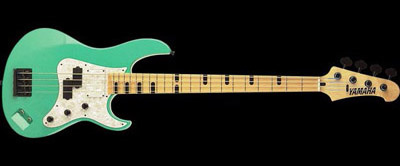
The minor cycle of fifths is quite literally the key to understanding music and how everything slots together
in the world of melody and harmony.
Consequently a method to understand and then instantly recall this information would be useful from both a
practical and theoretical perspective.
The cycle of fifths is adequately explained in most musical text books but what is left out is how to retain
and subsequently recall this information for future use (especially when the text book is not available to
scrutinize).
In a practical situation a bass player will always have the instrument readily to hand so it would seem logical
to tie any type of memorisation system to the fingerboard itself.
Figure No 1 shows the notes of the A natural minor scale (zero sharps) for both the E and A strings; plus all
the other A natural notes on the D and G strings.

The simplest way to play a natural minor scale is along the length of the same sting using the index finger to
fret each note and this is shown in Figure No.2 for A natural minor (zero sharps) and Figure No.3 for E
natural minor (one sharp).

Although these are the easiest ways to play the A and E natural minor scale they are not practical for the
memorisation method as the fretboard soon gets used up whilst traveling around the minor cycle of fifths
(see Figure No.4).
Thus the 3Am1 and 4Em2 octave shapes are pressed into
action being played alternately at two-fiet intervals as
follows:-
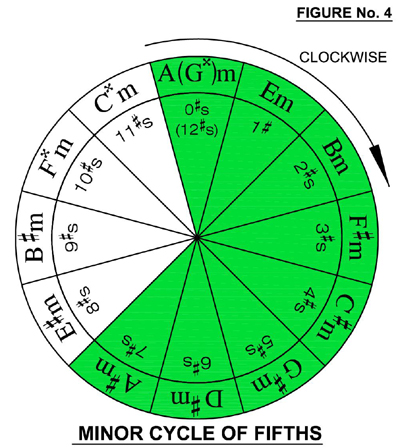
-
Figure No.5 - A minor scale
(3Am1 octave shape) -
Figure No.6 - E minor scale
(4Em2 octave shape) -
Figure No.7 - B minor scale
(3Am1 octave shape) -
Figure No.8 - F# minor scale
(4Em2 octave shape) -
Figure No.9 - C# minor scale
(3Am1 octave shape) -
Figure No. 10 - G# minor scale
(4Em2 octave shape) -
Figure No. 11 - D# minor scale (3Am1 octave shape)
-
Figure No.12 - A# minor scale
(4Em2 octave shape)
Additionally tables of the seven scale chords used for songwriting have been provided for all eight minor keys.

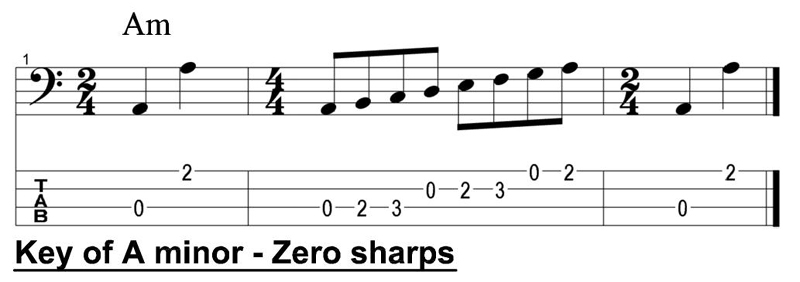

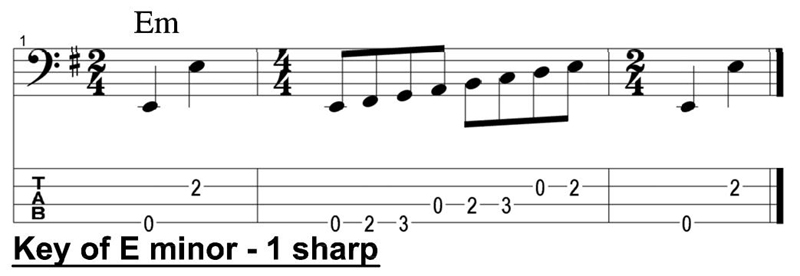

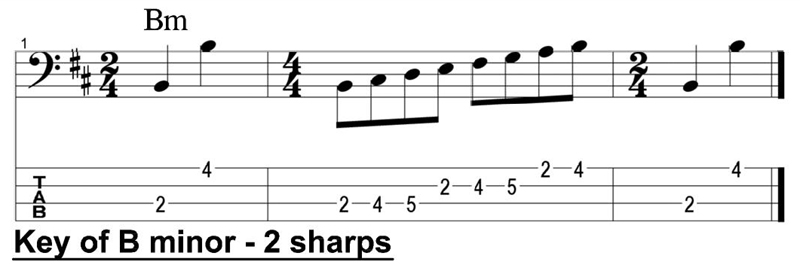

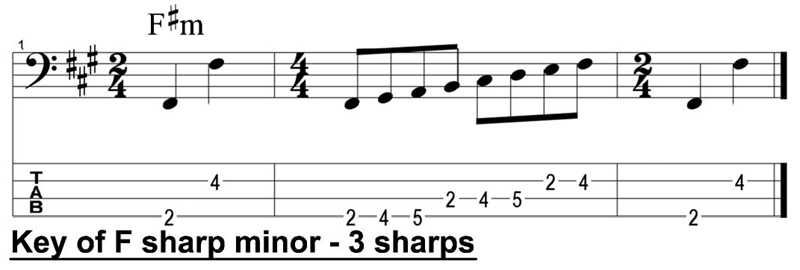








Thus the essence of the memorisation system for the minor cycle of fifths is to play the root notes (for the tonic chord - Im) of the key starting at the nut (Am) and alternating between the A and E strings every two frets. This process is stopped when a total of seven sharp notes have been accumulated (A#m) and the last practical sharp key has been reached, this is represented by the green shaded segments on Figure No.4. However the process can
be continued until fret twelve is reached on the A string (representing the key of G double sharp) where a
full 360 degrees has been traveled and everything starts all over again.

